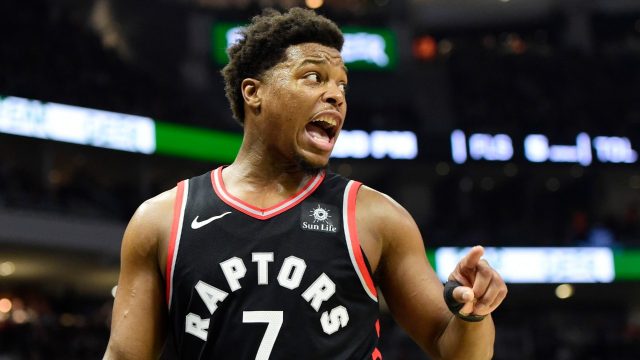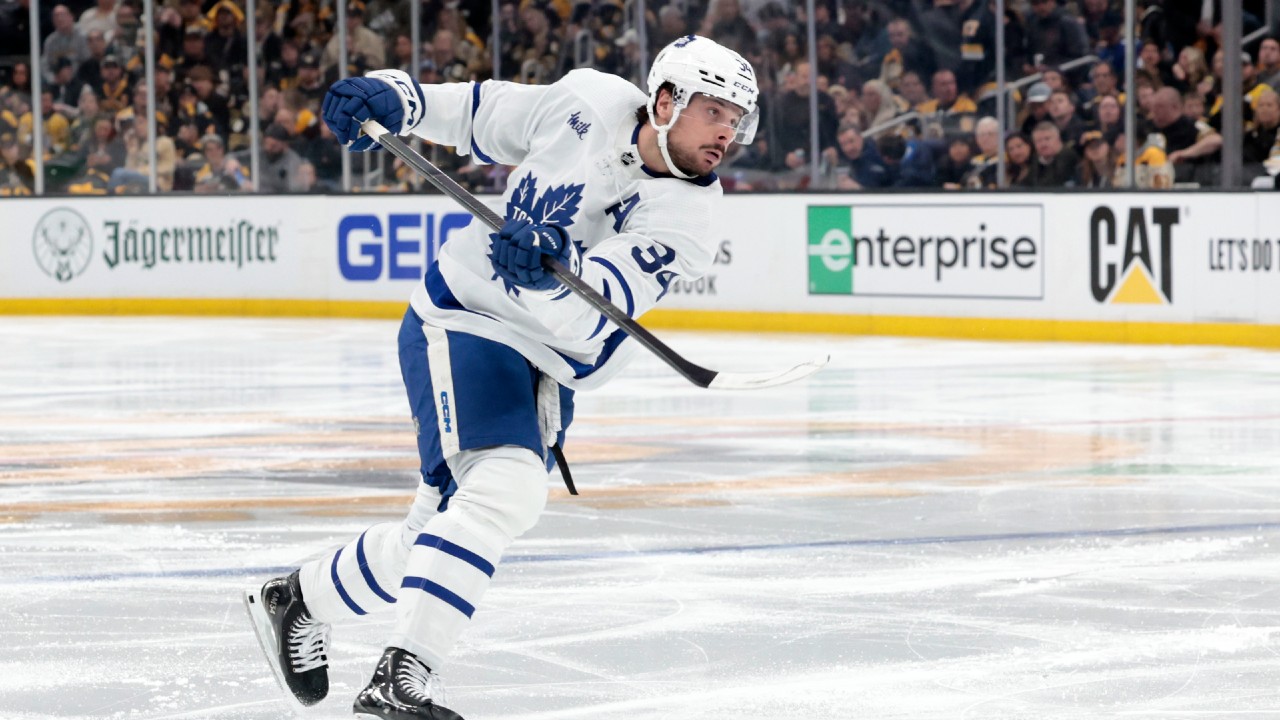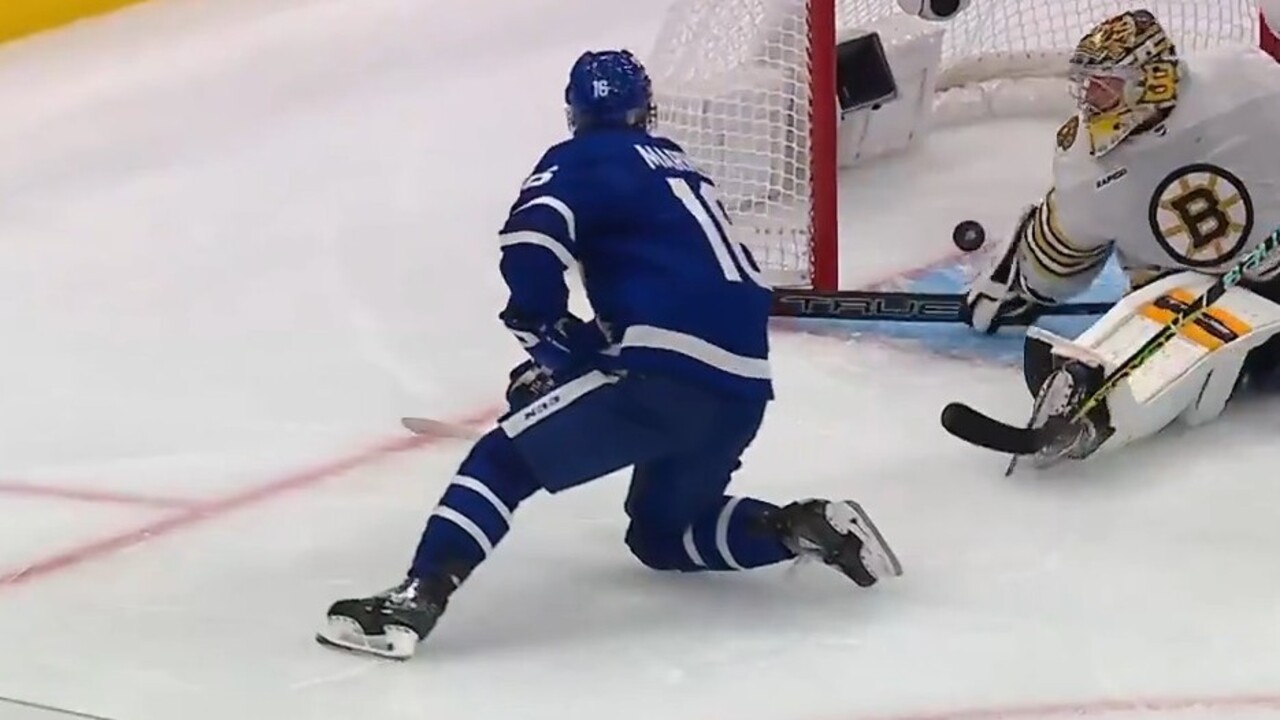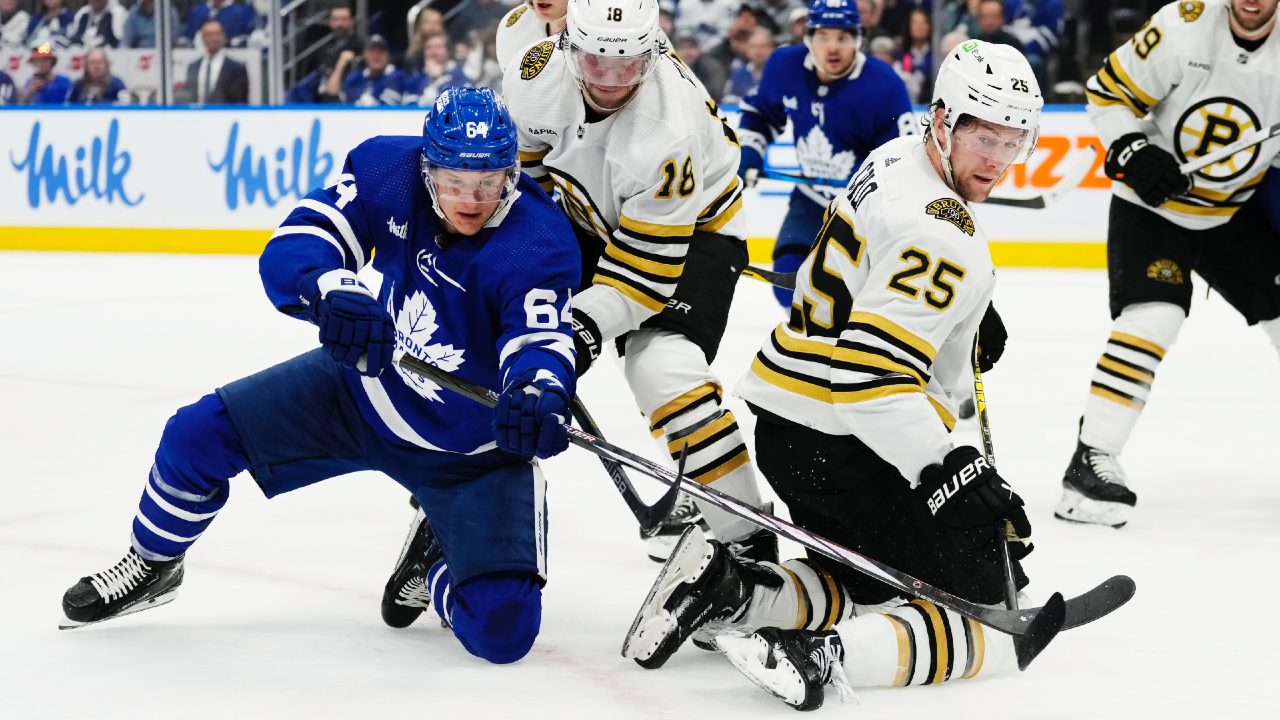
For Norm Powell, the place to be when the itch needed to be scratched was Municipal Gymnasium in Balboa Park in his hometown of San Diego, where the floor is lacquered a dark hue and where blood, sweat and tears have been spilled in the name of pick-up hoops supremacy since the facility opened in 1935.
For Fred VanVleet, it was the YMCA on Orth Road in Rockford. It’s where the top players in town would gather in the summers and for a local kid trying to make a name for himself, it was the proving ground.
For LeBron James himself, it was Summit Lake Community Centre in his hometown of Akron, Ohio where he learned the lessons that it took for him to become King. The modest gym is a cinderblock with blue walls where there is barely room to take a corner three, let alone for fans to crowd in.
Video boards? Music pumped in during stoppages in play? Thousands of people hanging on every moment?
Nope, none of that. Just a fight for respect. That was plenty.
“Balboa Park was where all the guys that were overseas and probably even some guys that made it professionally, they would come back and play,” says Powell. “Especially with me being young, we had to wait our turn a lot. And when you got on the floor if you lost that was probably your only game for the day, so it was really competitive trying to beat the older guys and fight with them and stay on the court. That was the one place growing up where it was always, always great competition and you would be there for five, six or seven hours playing basketball.”
As the NBA season finally resumes in what seems to be a sturdy, COVID-free ‘bubble’ on the campus of Walt Disney World Resort, the league’s 140-day wait between league games will finally be over.
The first two of 88 ‘seeding’ games between the 22 teams invited to Orlando tip things off Thursday night with everything pointed towards a 2019-20 champion being crowed sometime in early October.
The stars are on hand and the TV lights will be bright, but missing will be the in-arena atmosphere that is so much of the spectacle the league sells and fans so eagerly consume. Rather than a raucous building with 20,000 people building to a crescendo, punctuated by a momentum-shifting three or a rafters-scraping alley-oop, there will be the squeak of sneakers, the pounding of the ball and shouts from the respective benches, and that’s pretty much it.
Even the most hyped games — opening night is headlined by a Los Angeles Lakers-Los Angeles Clippers match-up that would be the hottest ticket in the NBA’s largest market in normal times — will be played in relative quiet. Players got their first taste of it in three exhibition games this past week.
“It’s different, it’s different,” said VanVleet, the Raptors guard whose adrenalized howl, with a fresh bandage covering a seven-stich cut on his right cheekbone became an iconic image of the Toronto Raptors‘ run to the NBA title in 2019. “But it’s basketball at the end of the day. It’s what we do. It’s definitely a different dynamic without the crowd, not being in a real arena. There’s just so many intangibles and so many variables that are not present, so it’s a different game for sure. But it’s still basketball at the end of the day.”
In some ways, it’s basketball at its essence.
All of the major professional sports — other than the NFL — are up and running now, all playing games without crowds, and chances are the NFL will be no different if and when its season does resume.
But while having a crowd is the signal that the games matter in other sports, only basketball has at its root a tradition of playing games with maximum intensity in an environment that bears little resemblance to the way the sports is played at the highest level.
There is no tradition of pick-up baseball among pros and certainly not football. And while off-season hockey training includes plenty of shinny, it’s decidedly non-contact and played with a general agreement to keep the pace up and the tempers down.
Basketball isn’t like that. Pick-up runs in gyms, where teams are picked informally and the pressure comes from having to hold the floor in games to 11 or 15 or 21 because losing means you might not get a chance to play for an hour or more — or maybe at all if the gym is full — are part of the sport’s culture. Balls get hoofed to the rafters, words get exchanged and emotions boil over.
The reality is a lot of the elements around the game — music, lights, sound, dance teams and mascots — are in place to help energize the crowd on the proverbial Tuesday night in February.
The players? They don’t need it — not when games matter. They wouldn’t have made it to the NBA if they did.
“By the time you make it to the NBA, you take a lot of that stuff for granted anyway,” says Alvin Williams, who played 10 seasons in the NBA, most notably with the Raptors alongside Vince Carter as they became relevant, post-expansion. “And sometimes the arena is dead. If it’s not sold out, if it’s not a big-time game, if the fans are there but they’re not engaged, it can be a disappointment.”
Playing in the bubble with only your peers to impress will be a blast from the past for most players.
VanVleet has had to fight for everything in the NBA as an undersized, undrafted free agent, but those instincts were honed early at the YMCA.
“When I was just starting to mature and get a little older, I had to kind of take the throne from all the older guys who’ve been playing overseas and whatnot,” he said recently. “That was probably the best time for me to be playing when my age group was, you know, 15,16, playing against older men in the city. That was a good run back then.”
And now? He doesn’t see any problem getting the juices flowing.
“Your team is enough, the other team is enough motivation in itself,” he says. “Guys get to talking trash … you can’t duplicate 20,000 people; there is no answer for that in terms of what that natural energy brings to the arena … but I don’t think it [will]be any less heated, or any less intense than it normally would be. And, in fact, there may be more because it’s so intimate, so close, and there won’t be much else going on.”
Williams says the most intense pick-up basketball he ever played — and some of the most intense basketball he played anywhere — was during the 1998 NBA lockout. Without the option to use team facilities to train, and with the delay to the season stretching from October and on into December, pros would return to their origins.
The best players Philadelphia had to offer would gather in the mornings at Gustine Lake Community Center in East Falls, not far from the edgy streets of North Philadelphia.
“Those were intense — guys were frustrated because people didn’t know when they were going to get back and play and you had everybody there. You could have AI [Allen Iverson], Aaron McKie, Eddie Jones, Cutino Mobley. Guys couldn’t use their team facilities so we’d be in the hood in a gym with two baskets and everyone was there — all the pros and the guys trying to be pros. And we were in there grinding, just grinding. It was the best, man.”
“I wish we had footage of it. It was unbelievable. … Basketball is a team game, but it has that one-on-one element where I’m going to beat you and you’re not going beat me, just like when you kids racing in the street, and some point we’re going to settle it.”
The lack of hoopla around hoops in the bubble is kind of refreshing. Players are revelling in not having to worry about stepping over fans’ feet on the sidelines or getting hurt falling into the row of cameras that line the baselines. For coaches having to communicate over the crowed and the piped in noise is a chore that takes its toll.
“Now you know why I talk like this,” Los Angeles Clippers head coach Doc Rivers said, the rasp in his voice a permanent fixture after decades yelling to be heard, first as a point guard and then as an NBA head coach.
Not so much now.
“I think it was the first possession [in the Raptors first exhibition game against Houston]and we got fouled, and Houston lined up in their full-court, after-free-throw formation,” said Nurse. “And I got up to direct traffic on how to guard that, and I caught myself stopping about halfway through because all 10 players were listening to me instead of just my five.
“I think when there’s a crowd, music, your guys are used to kind of hearing you [but not the other team]. That was noticeable, that you maybe are not gonna be able to just bark out whatever you want to do, and if you do, they’re gonna know, they’re gonna hear it,” said Nurse. “On the other hand, on the positive side of things, it was certainly really comfortable in the timeouts … the way you could just express yourself in comfortable conversation … that was nice. Instead of trying to talk over the music and the crowds and the t-shirts flying over your head and all the other stuff that’s going on, you’re just kinda sitting there having a conversation.”
The players too, found the new atmosphere not all unpleasant. After the initial strangeness of not having the crowd react during pre-game introductions, or taking free throws without fans trying to distract them, it was an easy adjustment.
“I kind of think without having fans it gives you the opportunity to focus a little bit more,” said Raptors forward Rondae Hollis-Jefferson. “Sometimes, even when you’re sitting on the bench, not having fans there, it makes you have to focus on everything that’s going on in the game. You get to communicate with your teammates a little more … when there are no fans there, nothing to look at, you get to talk to your teammates, focus on the game a little bit more.”
And the juices will flow, basketball being what it is and players what they are
“When you have that competitive spirit and that competitive nature, it doesn’t matter if you are in front of 20,000 fans or if you are at the rec playing pickup with your friends back home,” says Powell. “If you are a competitor you want to win and you see that even in the practices where we simulate game play. It gets really competitive. Guys get after it. Guys get upset, not willing to lose.
“So I think it’s still going to be the same. I think it’s going to be a highly competitive environment despite the circumstances. Guys want to go out there and win and compete.”





